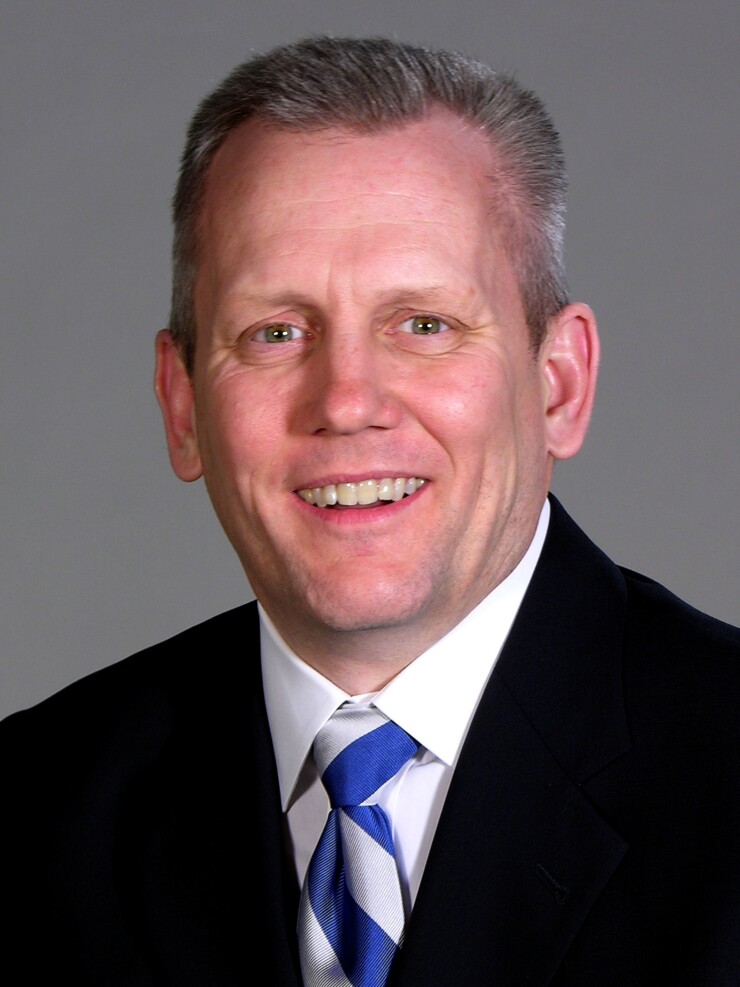For most of my life, I have been a do-it-yourself investor.
Starting in my early thirties, and then together with my wife, I have tried to hire advisors to create financial plans, but the experience was typically frustrating.
We spent hours taking risk-tolerance questionnaires, copying statements, filling out budgeting worksheets and hunting down insurance policies and tax forms. The result was always the same: a big, three-ring binder that suggested I needed a specific product. Yes, we got organized and yes, we had a plan, but it didn’t seem like our plan. Plus, it certainly seemed like a lot of work.
Now, I’ve been in the financial services industry for more than 30 years. I’ve spoken at financial planning seminars and industry conferences, and I’ve met with thousands of advisors through my work. I understand the benefits of having a plan and the objectivity a fiduciary advisor can bring. But my own personal experiences as a client still did not sway me away from my DIY ways.
That is, until I hired a much younger advisor.
-
There are three top specialties that survey takers said they want when choosing a new financial planner, with one clear winner.
May 17 -
Two-thirds of firms don't know how to attract young people, a new survey reports.
April 16 -
“They aren’t investing like they should and they have really tepid projections for future stock market returns,” advisor Austin Colby says.
March 13
A few years ago, my DIY platform decided to raise fees, and we decided to make a change. A few of my friends with the same issue started to work with a local advisor, so I called him, too. I figured it would be business as usual, but I was wrong.

The advisor was far younger than I am. He is a millennial who had been in the business for about 10 years and had a great reputation. He started the conversation with, “We won’t manage your assets without a formal plan.” Knowing planning is important, I agreed, expecting the same old process and the same old plan. But that’s not what happened.
1. Technology streamlined the process: The process was surprisingly smooth. Instead of copying and mailing or dropping off documents at his office, we uploaded existing files to a client portal. Instead of filling out budget worksheets, we exported data from Quicken and (with our permission) coordinated with our CPA to get e-copies of our taxes. Technology took a lot of the burden off of us, and it was much easier than before.
2. Meetings were convenient for us: The initial discovery meeting was in his office, but the plan presentation was at our house. He brought pizza and we opened a bottle of wine. While the kids watched a movie, we sat at our kitchen table with his laptop. He fired up his projector and showed the plan on a mini-screen that he brought with him.
3. The plan focused on meeting our goals, and it changed the conversation completely: Instead of spreadsheets and net-worth statements, we saw goals and more importantly, the probability of reaching each of those goals. I felt myself engaging in the conversation, especially when we started to look at the assumptions. My wife and I were actively asking to see what the goals looked like with different inputs and he showed us, in real time, the results and the corresponding probabilities.
“Instead of drudgery, the plan came alive. We owned it.”
We were co-planning. Instead of a binder with an advisor’s idea of a plan, our advisor showed us our plan — the one that the three of us produced together. Instead of drudgery, the plan came alive. We owned it.
4. Our advisor reinforces our relationship through in-the-moment opportunities: Our advisor still leverages technology by aggregating our accounts, storing electronic documents and coordinating with our CPA and attorney — nothing new there. But he pays special attention to the so-called micro moments — moments in time where advisors can add value along a financial planning journey. When things like a data breach by a major company or a tax law change happen, I always get (what seems like) a personal email, explaining how it may affect me. Because of what I do for a living, I know he uses technology to mechanize his business, but the output always seems personal. That matters.
Three years later, we remain former DIY investors.
Three years later, we remain former DIY investors.
This experience changed me. For the very first time, it felt like we needed holistic planning. Because an advisor showed us why and how.
The old way of planning may not work for everyone. And it may have been the best method at one time — but times have changed. And so should advisors.
It took my millennial advisor to teach me that planning should be client driven, not advisor driven.





